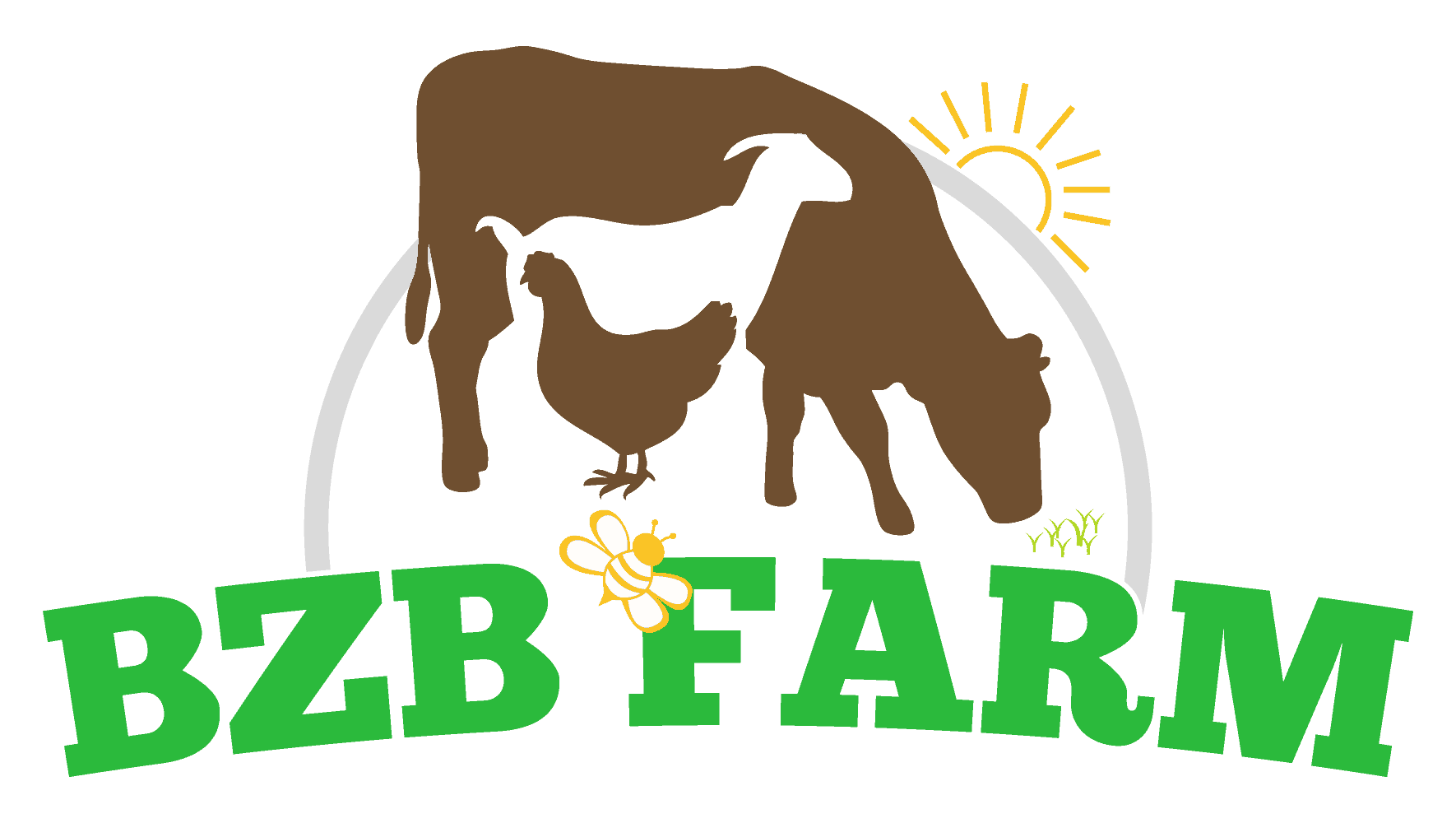It is astonishing how the dollar we spend on food is broken down – it is surprising how little of the dollar is the actual production of the food we ingest.
The following data is from an Iowa State University study based on 2006 USDA data.
The cost of food is based on the costs at each stage in the marketing system. One way to compare the various costs that make up food prices is to examine the food dollar, a breakdown of what a dollar spent on food actually pays for. The U.S. Department of Agriculture (USDA) tracks the costs in food. Figure 1 shows the latest food dollar estimate, based on 2006 data. The food dollar incorporates both food consumed at home and food consumed away from home (at restaurants, cafes, etc.) and divides costs into several major categories. On average, 19 cents of each dollar spent on food is used to purchase farm production. The other 81 cents covers the transformation of the farm production into the food products we purchase at grocery stores and restaurants. Labor costs are the largest component of the food dollar, making up nearly 39 cents. This is not surprising given the number of people employed in the food marketing system. Food packaging comprises 8 cents of the food dollar. USDA has computed that nearly half of all packaging materials in the U.S. are used by food processing and distribution companies. Transportation and energy account for 7.5 cents.
http://www.extension.iastate.edu/bioeconomy/biocon2/WP4-HartLawrence.pdf
We as a society have created an unsustainable way of living and we’ll have to change – at some point – I don’t know when that is, or if we’ll choose the change or it will be forced upon us – but we will have to change our lifestyle. Regardless, we’re not all going to be farmers – but we’ll surely see a huge change in where our food comes from – and hopefully it is from our own garden – even if it is just a pot or two of tomatoes and carrots.

